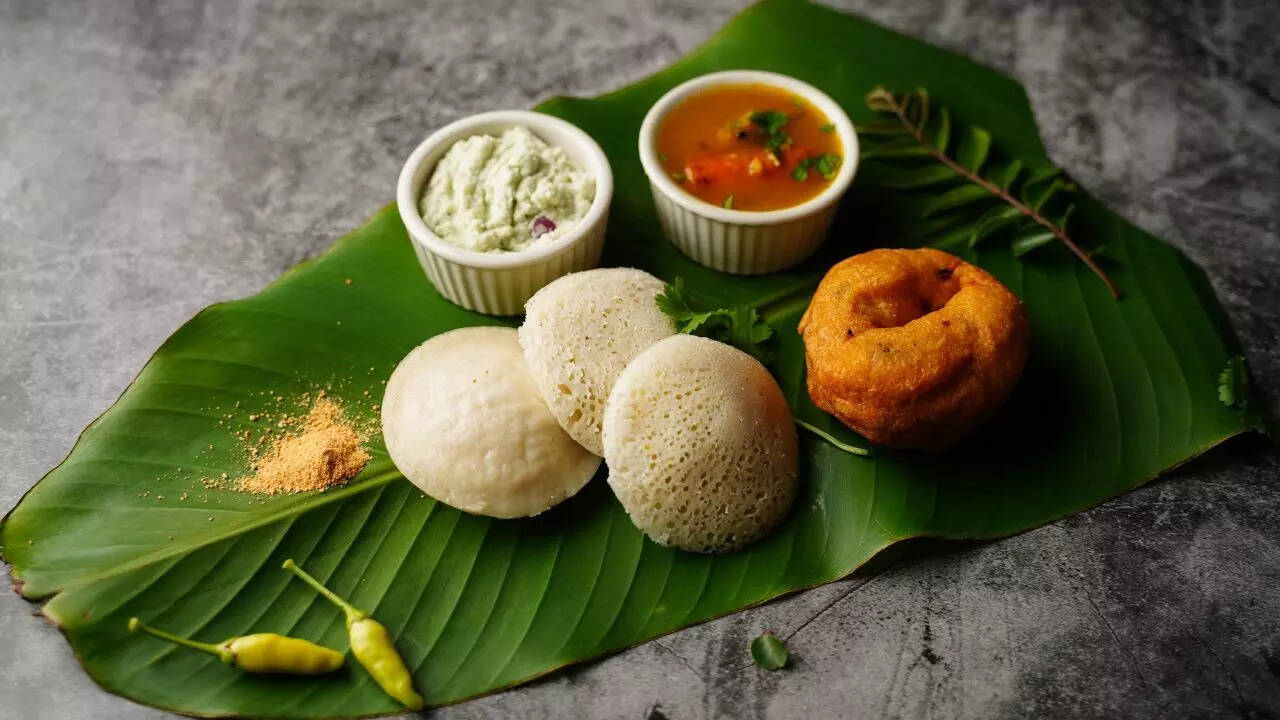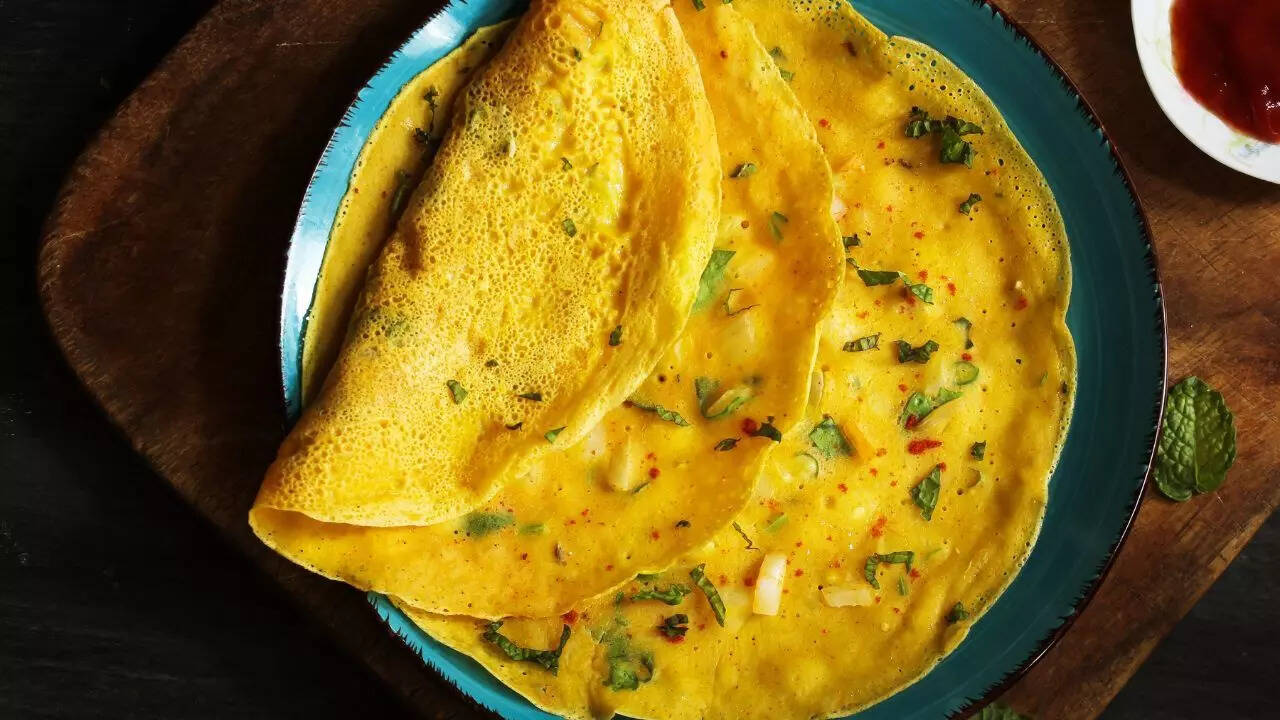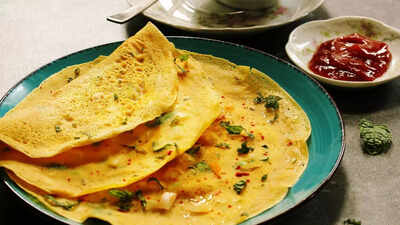Trying to choose the best Indian breakfast for your weight loss journey? You’re not alone. In a country where food is both tradition and comfort, picking the “healthier” option can get confusing, especially when both idli and moong dal chilla seem light and nutritious. While idlis are often the go-to South Indian breakfast staple, moong dal chilla is gaining popularity as a high-protein, low-carb alternative. But which one really helps you shed kilos faster? We break down the nutritional value, weight-loss benefits, and what dieticians actually say about these two breakfast favourites. So next time you’re prepping your morning plate, you’ll know exactly which one to reach for.
Idli vs moong dal chilla for weight loss: A nutritional comparison

At first glance, idli and moong dal chilla seem equally light and healthy. But look deeper, and the nutritional differences become clear.
- Idlis are made from a fermented batter of rice and urad dal, offering moderate carbs and a bit of protein.
- Moong dal chilla, on the other hand, is made purely from soaked moong lentils and is packed with plant-based protein and fibre.
Experts note that moong dal chilla has higher satiety value and lower glycaemic index, meaning it keeps you full longer and helps regulate blood sugar levels, two key factors in weight loss.
Why moong dal chilla is better for high-protein weight loss diets
Protein is essential for anyone looking to lose fat while maintaining muscle. Moong dal chilla offers approximately 12–15g of protein per serving, compared to only 4–5g in two small idlis. Moong dal is also easy to digest and supports gut health. When paired with chutneys or veggies, it becomes a complete meal that doesn’t spike your insulin levels. For those following low-carb or high-protein diets, chilla is often the preferred breakfast.
Why idlis are still a good choice for balanced weight loss
That said, idlis aren’t “bad” for weight loss. They’re steamed, oil-free, and fermented, which adds good bacteria for gut health. A plate of idlis can be part of a well-rounded weight loss diet when paired with sambar (full of lentils and veggies).However, because of the rice content, idlis are higher in carbohydrates, which may not be ideal if you’re aiming for a calorie deficit or managing insulin resistance.
The verdict: Idli or moong dal chilla, what should you choose for weight loss?

If you’re focusing on high-protein, low-carb, calorie-controlled meals, moong dal chilla is the better choice. It’s more filling, more muscle-friendly, and less likely to cause a blood sugar crash later in the day.However, idlis can still be a smart choice, especially for those who want a light, gut-friendly, and easy-to-digest breakfast. It’s all about portion control, pairing with the right sides, and not overdoing carbs at every meal.Moong dal chilla clearly wins when it comes to protein, satiety, and supporting weight-loss goals, especially for those following low-carb or high-protein diets. Its high fiber and low GI profile make it a smart pick if you’re watching your calories or trying to stay fuller for longer. But that doesn’t mean idlis are the enemy. If you love them (and let’s be honest, who doesn’t?), they can still fit into your weight-loss plan. The trick lies in portion control and what you pair them with, think sambar over coconut chutney, or adding a boiled egg on the side. Remember: your breakfast doesn’t have to be boring, bland, or repetitive. It just has to work with your goals, not against them.Also read| Dining out or food delivery twice a week or more? Here’s what it’s doing to your body






